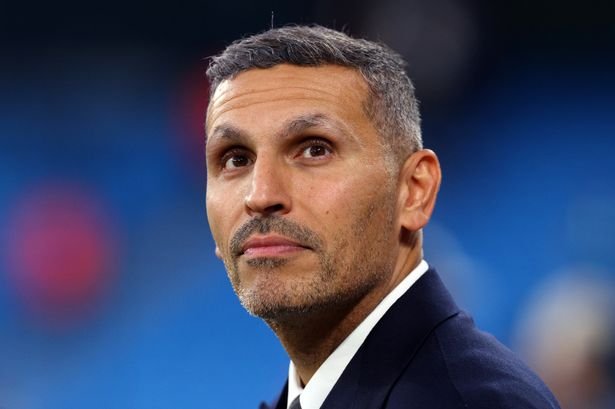During the previous summer, market activity decreased by 10% compared to the previous year as many clubs opted to save cash, particularly in the Premier League, where some teams were worried about adhering to profit and sustainability regulations. However, by early February, data from Football Benchmark showed that the closing figures for the European transfer window had increased by 8% compared to the same period last year, with total expenditures reaching approximately €1.46 billion (£1.22 billion). Manchester City’s strategy in the transfer market significantly influenced their situation. With their performance dwindling at the Etihad—currently 15 points behind league leaders Liverpool and outside the top four, having just scraped into the UEFA Champions League knockout stages—manager Pep Guardiola and the club recognized the necessity to expedite their rebuilding efforts. Notably, Kyle Walker, a key figure in their previous successes, left for AC Milan. The club brought in players such as Omar Marmoush from Eintracht Frankfurt, Nico Gonzalez from Porto, Abdukodir Khusanov from RC Lens, Vitor Reis from Palmeiras, and Jumah Bah from Real Valladolid. The ages of these new signings highlight the intention behind the spending, with Marmoush being the oldest at 25, suggesting a focus on future development. However, it was still quite costly. The club invested approximately €1123 million (£182 million) on new acquisitions during that timeframe, which accounted for 45% of the Premier League’s total transfer expenditure for the January transfer window and 15% of the overall spending by all European clubs. READ MORE: Over the years, I’ve experienced significant distress because of Man City and Pep Guardiola – now I have the chance for revenge. City’s financial prosperity stems from their recent achievements on the field and increased commercial income, coupled with a more calculated strategy in the player market leading up to January. This has provided them with ample resources to make significant investments in young players with high market potential, whom they believe will contribute significantly to the first team for years. This underscores the advantage of their success and their prudent approach to spending in the transfer market. Examining rivals Manchester United, who have been the highest net spenders in English football during Guardiola’s time at City, illustrates a significant contrast: United has spent £2.182 billion compared to City’s under £236.4 million. This disparity highlights United’s challenging path towards rebuilding with younger players, primarily due to their recent lack of competitive success that has hindered revenue growth and caused some issues with their Performance Spending Ratio (PSR). For City, entering January, they were aware that in the last year of the current PSR regulations—before transitioning to a new squad cost ratio rule similar to UEFA’s—they still had the flexibility to spend without concern, as they remain well below the 2165.1% threshold that will apply with the new rules. Indeed, they have done so. City is among the few clubs that have already released their financial statements for the 2023/24 period, which aids in forecasting the financial status for the ongoing year 2024/25. The club achieved record revenues of £220 million, resulting in a pre-tax profit of £225 million. According to PSR regulations, clubs are permitted to incur losses up to £260 million over a three-year span, excluding losses related to approved deductions like investments in infrastructure, the academy, the women’s team, and community programs. Many clubs, however, have found it challenging to remain compliant within these limits, often resorting to creative accounting methods to stay under the threshold. However, that isn’t the case for City, especially in an environment where many clubs are operating at a loss, significantly outnumbering the few that are financially successful. In contrast, City has achieved profitability over the last three years, accumulating a total of £196 million in profits.


